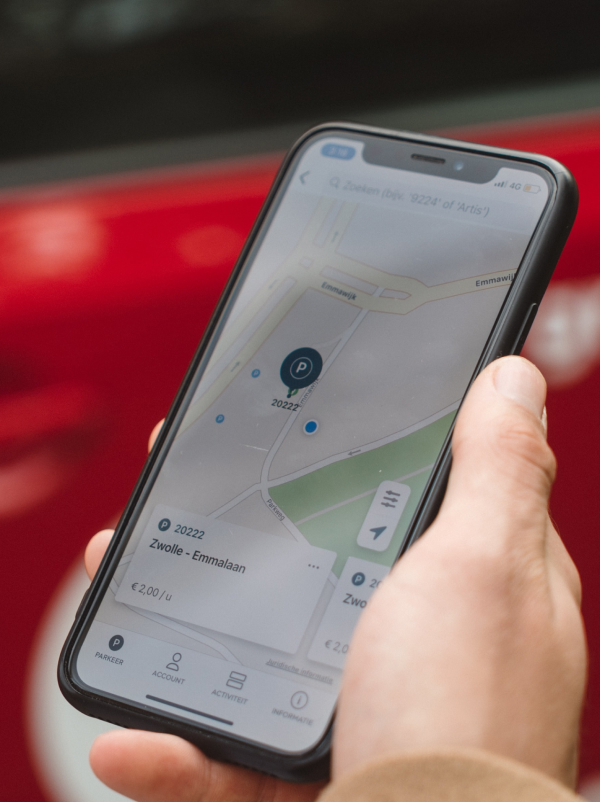Rebuilding a Software Product
to Deliver Exceptional User Experience

Short to the story
Grape Up empowered a leading software provider to rebuild its flagship product and helped the company adopt cloud technologies and a DevOps approach allowing them to develop customer-centric software at a rapid pace.
Challenge
Rebuilding the legacy, trusted product in order to provide CPQ product in a SaaS model to reach new markets
The company has been obtaining clients for years by delivering high-quality software CPQ (configure price quote – a system allowing companies and their clients to customize products they want to order, with real-time pricing) in the on-premise model. While most of their customers were satisfied with the product, as the enterprise delivered solution for the complicated cases, like an option to configure the purchase of a fire truck (restriction rules, check-ups underneath the logic, nearly 400 parameters to set) and at the same time, connecting this system with a CRM, they needed to find new markets. To acquire new clients and simultaneously provide their existing customers with new solutions, our customer decided to deliver their product in a Software-as-a-Service (SaaS) model.
On their transition from a company that offers only on-premises products to a SaaS provider, the company decided to build a SaaS product deployed on a public cloud infrastructure. At the beginning of the cloud-native journey, they had to face a few challenges. These are common issues that every enterprise striving for delivery applications in the cloud has to tackle. First of all, cloud technologies and tools supporting software production are new to the teams that previously developed products in a different environment. Following that case, the entire production process used to work in the previous ecosystem and requires to be redesigned. Furthermore, to deliver cloud-native apps in a modern way, enterprises have to adopt supportive approaches and connect various departments to collaborate. In practice, it comes to reshaping the company culture and leaning towards a DevOps mindset. All these innovative changes have to be carefully implemented to gain trust and understanding of the members of an organization.
While chasing an ambitious goal – providing CPQ product in a SaaS model, the leading software provider had to take into account a few risks, in which the biggest ones were; finding customers for the new solutions, a need to obtain a satisfying ROI (return of investment), and obstacles in adopting new technologies and changing the culture of building software, which has been utilized for decades.
Approach
Providing the customer team with approaches enhancing development – the Dojo experience, the lean methodology, XP, pair programming, the Cloud Lab
The application transformation and cloud enablement project was based on the Dojo experience. These so-called Dojo projects are meant to share with the customer all requirements and knowledge needed to build software independently and make the customer’s team self-sufficient. In that case, the Dojo process consisted of three stages, required to re-platform the app and undergo a proper transition to the cloud infrastructure.
The whole transformation started with setting up the right DevOps foundation, continued with creating a Minimum Viable Product to verify market needs, and completed the project with the final shape of an application deployed on a cloud platform. Another important part was leveraging the lean methodology of building the product in the team. By getting a deeper recognition of the customer’s needs, collaboration was expanded from app modernization to providing platform enablement (necessary for the project success) and supporting the client in developing the app.
To get the most out of collaboration during the Dojo project, the company had built an internal, dedicated team, which can be described as an internal startup responsible for both – software delivery and business development. Designing a customer-centric product obligated the software company to include its marketing and sales forces into the team that has been developing an app, and their input has been used to build and enhance the product. By utilizing feedback regarding user experience, the company decided to focus on designing UI that improved the way users interact with the product. Allowing their clients to verify proposed features, the enterprise received feedback needed to tailor their solutions accordingly to the customers’ needs. And it’s a powerful example of how lean methodology and engaging all the stakeholders into a process of building software can lead to reducing the risk of failure in providing new solutions.
Overall, it took numerous specialists on different business and software development levels to team up and move forward quickly. In addition to that, the development phases were conducted with two methodologies – XP and pair programming. Grape Up has also defined a new working environment, the Cloud Lab which contributed to more optimal and efficient work and helped to achieve a wide array of goals through various aspects.
Goal
Transforming an application, from an on-premise product to SaaS
Enabling cloud platform
Adopting the DevOps mindset and building the foundation for continuous innovation
Creating MVP and, through implementing the lean startup approach, developing features based on customer experience
Equipping the client’s team with all the tools and knowledge required to build and develop cloud software independently
Deliver a product in a 1-year perspective
Outcome
A modern, cloud-native application in a SaaS model after successful transformation
The collaboration between Grape Up and the software provider, meant to rebuild an established software product into a modern application, resulted in the numerous smaller projects that changed the way the enterprise works on building software. The first effect of the transformation was noticed in accelerated software delivery – demo was ready 3-4 months after the Dojo project’s kick-off, and the final version was on the market, ready to purchase in a year from the start of the cooperation. The need for providing customers with a competitive SaaS solution encouraged the company to undergo the entire transformation, including moving to the cloud and adopting agile methodologies.
Along with creating a customer-friendly product, allowing competition on new markets, the company has reshaped the culture by involving team by team in the transition that changed the way they work with clients, build software solutions, and solve issues. After the Dojo project, the enterprise was ready to run things independently, but the company had decided to continue the collaboration through the entire software cycle, as the Grape Up supported the customer’s employees in development.
As a result of the collaboration with Grape Up, the company made a research on customer experience a vital part of the software development process. The company journey to cloud-native architecture is a perfect example for enterprises striving for the transition from the traditional ways of building applications to the modern, agile organizations that utilize DevOps, breaking down silos in an organization, and sustaining lasting relationships with customers.
Let’s collaborate on your project
Don’t hesitate to tell us what kind of help you need
Browse the portfolio of our projects to see more success stories
Discover our case studies and see how we help companies thrive
see examples

Enabling Improved Service Delivery And Operational Efficiency by Providing 24/7 Support
Telecommunications

Connected Car Initiative: Revolutionizing Telematics through Consulting, Development, and Agile Transformation
Automotive

Designing AI and ML Deployment Platform to Accelerate the Implementation of AI-powered Software
Automotive

Building a Touchless Platform to Improve Customer Experience And Unlock New Revenue Streams
Automotive

Delivering Customer-Friendly Mobile App to Enable Data-Driven Business Development
Insurance

Upskilling the Development Team to Provide Reusable And Scalable Applications
Insurance

Accelerating Software Delivery and Reducing Costs
Government

Developing a Global Cloud Platform Enabling Data-Driven Decision Making
Retail

Rebuilding a Software Product to Deliver Exceptional User Experience
Computer Software / IT Services

Building a Scalable Fast Data Platform to Expand Digital Financial Services
Banking

Transforming Legacy Systems in The Real Estate Sector
Real estate

Creating a Data Management Solution for a Sports Car Manufacturer
Automotive

Increasing Operational Availability with a Cutting-edge Offer Management System
Automotive

Seamless Integration of Modern Payment Solutions Tailored to the Client’s Needs
Automotive

Prototyping the Future Automotive Cloud
Automotive

Transforming Car Rental Management with Real-Time Telematics Data
Automotive